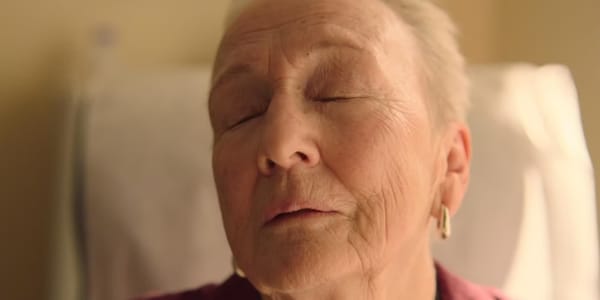Where To Now, Watch List?
On the difficulty and necessity of watching the tough ones

I’ve started this newsletter with an express purpose: To tip readers off to good movies, new and old. But what happens when the good movie I’m telling you about sounds like it’s going to be depressing as hell? That’ll bring down the vibe faster than a parson at a pool party. No one wants homework. Everyone wants to escape the real world for a bit. Escape into what? A comedy, a swoony romance, a thriller that gets your scalp prickling with excitement and dread.
So first I’m going to tell you that one of the best, most gripping films I’ve seen so far in 2021 is built on classic movie suspense lines, with a boxed-in hero moving fast and thinking faster; with escapes and snares and sudden turns of fate; with a villain who’s the very definition of evil; with a pace that slowly tightens a noose around the characters and audience before releasing us all back into the wild. I’m going to tell you that it’s a movie directed without an ounce of fat, that it was nominated for a 2020 International Film Oscar, and that I haven’t been able to stop thinking about the central performance, which by the end has acquired the stature of Greek tragedy.
And then I’m going to tell you that the movie’s set during the 1995 Bosnian genocide at Srebrenica, and you’re going to say, “Um, you know what? Maybe not.” And I can’t say that I’d blame you.
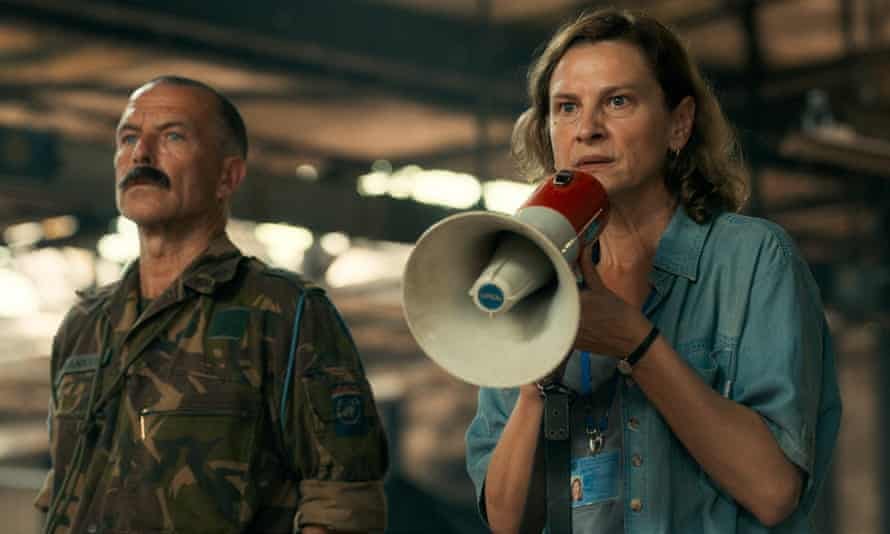
“Quo Vadis, Aida?” is available for streaming if you have a subscription to Hulu and as a two-buck rental on Amazon Prime, YouTube, Google Play, and other platforms. It is a very, very, very good movie. The title character, Aida (Jasna Duričić), is a middle-aged schoolteacher who has volunteered to be a translator as the Bosnian Serb army moves in under Ratko Mladić (Boris Isoković) and the U.N. peacekeeping force, staffed largely by Dutch officers, tries ineffectually to broker a truce. Aida is a tough old bird, pragmatic and efficient, and her position both in the town and at the bargaining table allows her to see what’s coming down the road sooner than others. What she sees is murder.
Some historical background: During the Bosnian War of the early 1990s, Mladić’s Bosnian Serb army wanted to neutralize the newly independent state of Bosnia-Herzegovina and rejoin it to neighboring Serbia. The Serbs were Orthodox, the majority of Srebrenica’s inhabitants were Muslim.
Spoiler: The Bosnian Serb Army killed over eight thousand men and boys in Srebrenica during a 10-day period. “Quo Vadis, Aida?” doesn’t show us the deaths; the bloodshed happens offscreen. Yet the sense of lowering, inescapable doom is palpable – you feel it far down in your gut – and the drama of the film lies in the heroine using every last ounce of her formidable wit to try to outrun it. Aida has a husband, Nihad (Izudin Bajrović), her school’s former principal, and two grown but raw-boned sons (Boris Ler and Dino Bajrović, the latter a young heartthrob in any other setting). Her mission is to get her family through the crush of citizens outside the U.N. compound into the compound and then, when Mladić’s dead-eyed soldiers push past the fence looking for “enemy combatants,” to hide them somewhere, anywhere.
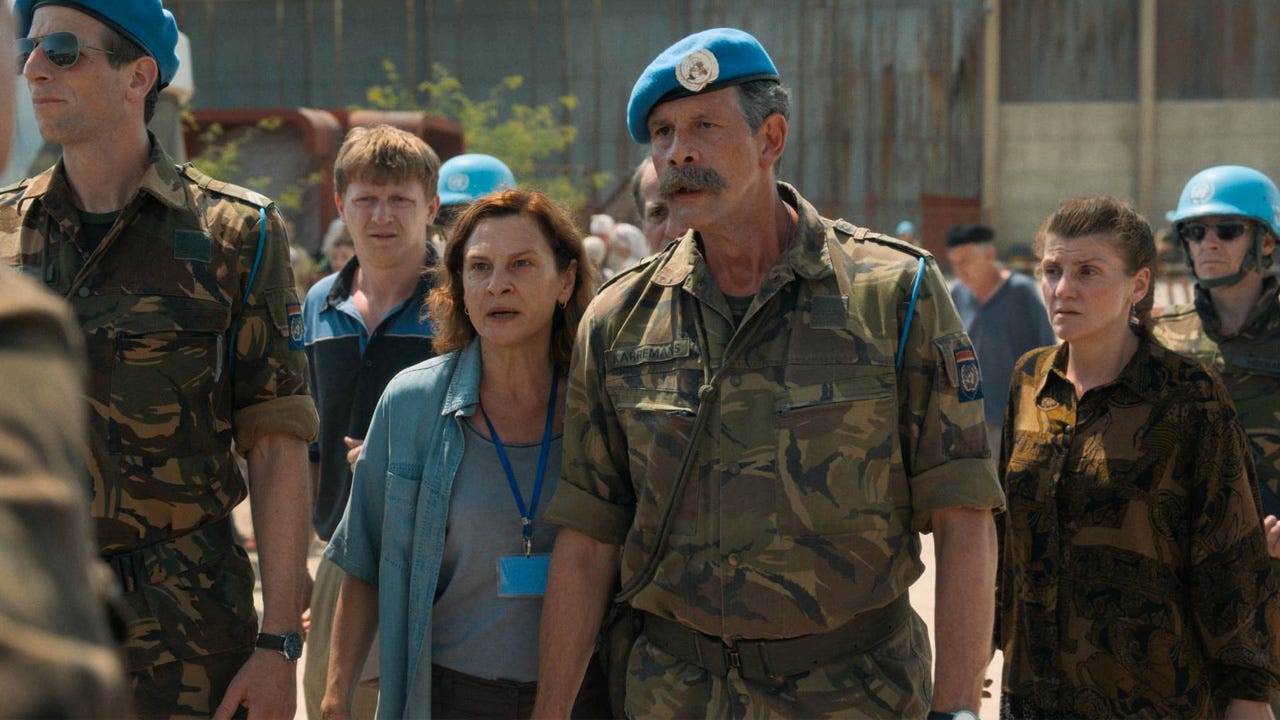
The title loosely translates as “Where Are You Going to Turn Now, Aida?” and the movie becomes a cat-and-mouse game in which the mouse uses all the leverage at her disposal. Her husband and sons have turned passive with fright, and the U.N. soldiers look like they haven’t graduated high school. Their superior officers are a study in moral cowardice. General Mladić has a personal videographer following him everywhere to show the folks back home how magnanimous he is to the newly conquered men and women of Srebrenica. But Mladić’s camera doesn’t capture the men being marched off into the forest or being loaded onto buses that return with no one in them. The movie’s camera does.
The director is Jasmila Žbanić, and this is her sixth feature in a busy career. (She had an early stint as a puppeteer in Vermont’s Bread and Puppet Theater, go figure, before returning to Bosnia.) She lets the camera hover near the extras in the throngs around the compound, and we come to recognize certain faces as the movie goes on. We come to know the people of Srebrenica, in other words, and the movie flashes back periodically to tableau-like shots of the town during peacetime, the citizens staring us down through the camera as if to say, “I was here. I was alive. And I was just like you.”
More often, Žbanić sticks close to the woman at the film’s center, using her as a lens through which to take in the escalating horror. Duričić gives a performance that is remarkable for the way it becomes slowly purified into a single emotion over the course of the film, Aida realizing that the educated pragmatism that has carried her through life carries no juice here, nor does diplomacy, bargaining, finesse, or pleading. By the penultimate scene, the character has ascended past the particular to the mythic, a Mother Courage in whom everything has been burned away except the feral need to save her family.
The history of the movies is haunted by the close-ups of a handful of actresses: Falconetti, Garbo, Gloria Swanson in the final frames of “Sunset Blvd.” Anna Karina crying at the movies in “Vivre Sa Vie.” Gena Rowlands tearing her life to pieces in “A Woman Under the Influence.”


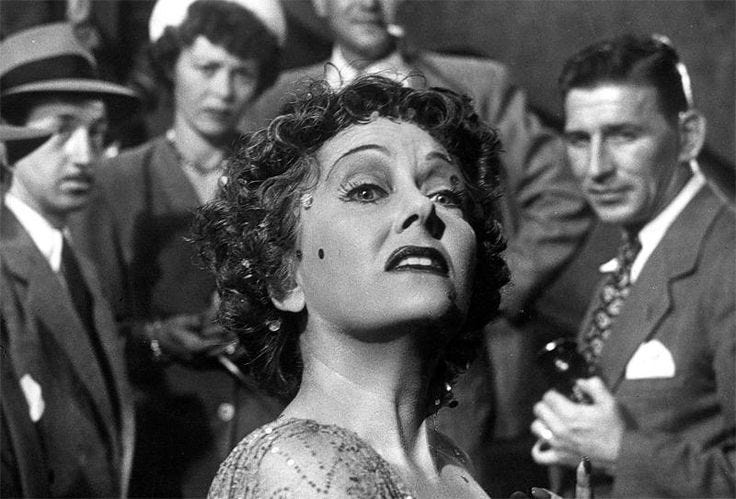
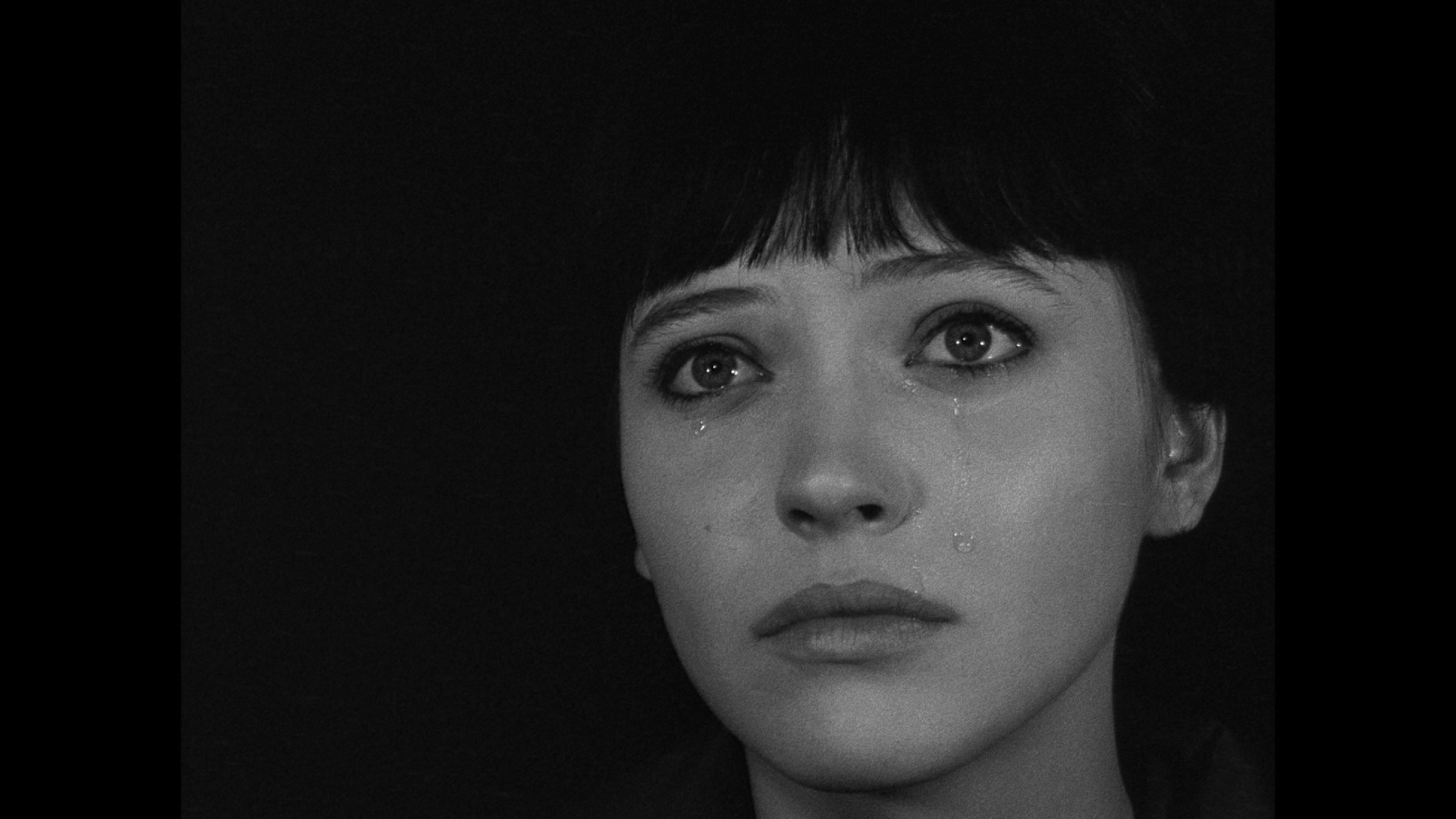
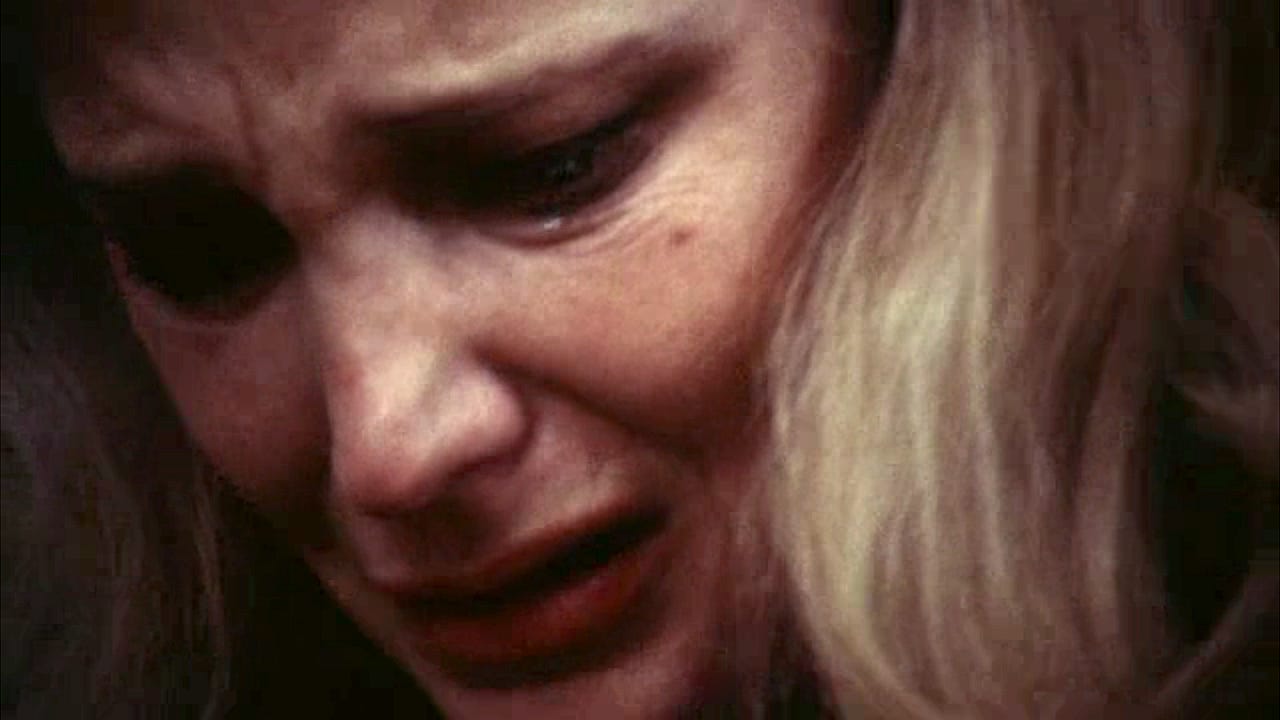
There are more. At a certain point in “Quo Vadis, Aida?,” Jasna Duričić joins their ranks. You don’t have to watch this movie. But you won’t forget it if you do.

If you enjoyed this edition of Ty Burr’s Watch List, please feel free to share it with friends.
Or subscribe. Thank you.



